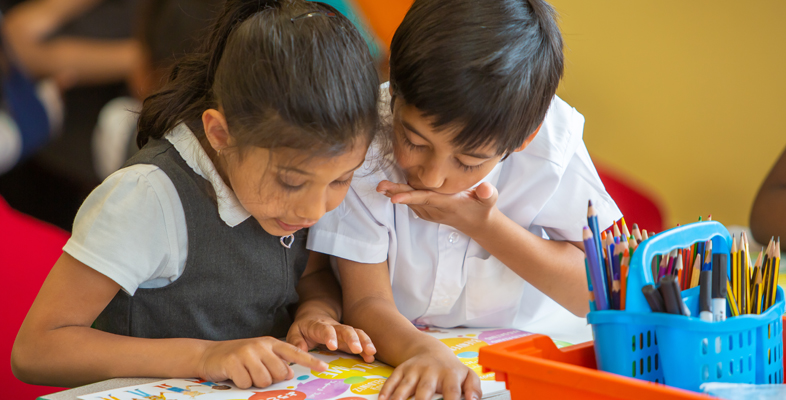1 The nature of children’s reading at home
Ensuring children learn to read is one of the primary goals of the first few years of school. However, this initial emphasis on decoding and then later focus on reading attainment can give the impression that school-sanctioned reading and school reading materials are of greater value than reading that involves different, ‘lower-status’ types of texts. There is a danger that educators, parents and, indeed, children do not recognise their everyday encounters with a wide range of texts as legitimate reading. Children who do not consider themselves accomplished readers in school, may devour digital texts or comics, for example, at home. When educators and parents acknowledge and celebrate all the reading that children do at home, it can shape children’s self-perceptions and self-confidence as readers and have a profound and positive impact on their reader identities.

You may recall the ‘Reading Treasure Hunt’ (Session 2) and ‘Reading Rivers’ (Session 4) activities described in previous sessions, which exemplify that reading is an integral part of children’s everyday lives and experiences. Whilst some reading at home is more formal and imposed by teachers or parents, a great deal of home reading is voluntary, self-generated and spontaneous. Sometimes this reading is a fleeting engagement with a text that serves a purpose and achieves a specific goal, such as making a selection on a take-away menu. At other times, home reading is sustained over longer periods and may continue over days, weeks or even months, such as reading a novel or following a sports team. Much of the reading children do at home is free from the expectations and requirements of school and is not controlled or sanctioned by adults. As such, this reading is highly flexible and opens up different possibilities and potentials; sometimes, children’s home reading may be intentionally oppositional to, and subversive of school practices (Maybin, 2007).
SAQ _unit8.1.1 Personal reflection 1
What do you remember about your own reading at home as a child?
- What memories come to mind when you think back to reading at home as a child?
- Who did you read with?
- Where did you read?
- What sorts of media and reading materials did you have access to?
- To what extent was the reading you undertook at home your own choice?
Comment
Your reflections may highlight a wide range of reading experiences or very few. Perhaps a parent read to you as a child, but that might not have been the case. You may have had library books, or books that you owned. You might have read magazines or catalogues, and your reading material may have been in English or other languages. Depending on your age, you may not have read ‘on-screen’ at all as a child. Did you recall reading on the sofa, in bed, in the garden or somewhere else? Reflecting on your own childhood reading and your personal reading journey will help you to recognise and appreciate children’s unique reading journeys.
